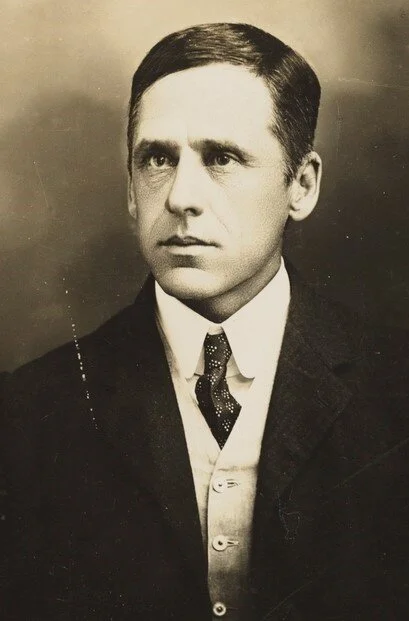Capital history in the news
Capital women
Transcribing the diaries of Miles Franklin | The State Library of NSW is after people to test a new online transcription tool by transcribing the diaries of Australian literary icon Stella Miles Franklin – who spent her early years at Brindabella station in a valley on the western edge of present-day Canberra.
Know my name conference | Presented by the National Gallery of Australia the Know My Name Conference will be delivered virtually over four afternoons and two evenings, Tuesday 10 – Friday 13 November 2020. Through keynotes, performances, panels, discussions and artist-led approaches, the conference will consider historical and contemporary experiences of gender and feminism in the arts to imagine new futures.
New book features the Molonglo River
Immerse yourself in river reflections | Tim the Yowie Man draws attention to Rivers: The Lifeblood of Australia the latest book by cultural landscape historian Ian Hoskins. Canberra’s Molonglo River gets a whole chapter in the book with Hoskins following the river from its source above Captains Flat to its confluence with the Murrumbidgee River in West Belconnen. He also focusses on the damming of the river in the early 1960’s to form Lake Burley Griffin.
Local Boer War veterans
Brothers in arms answer Boer War call | Tracy Bell writes about brothers James and Richard Swan of Stony Creek (now Carwoola) who were among the first to answer the call in 1899 for British empire troops to aid the British against the Boers in South Africa. Their service is commemorated by the Queanbeyan Boer War Memorial which was relocated this year to the memorial rose garden at Moore Park. Once social distancing restrictions are lifted a rededicated ceremony will be held for the memorial.
70 years of ANU student newspaper
Woroni 70 years of outrage and activism | During the month of October, aMBUSH Gallery Kambri will be filled with memories of student life at ANU over the past seven decades, with the opening of the new exhibition Woroni – 70 Years of Outrage and Activism. Woroni sprang to life in 1950, starting as the ANU student newspaper, and has since morphed into a print magazine, a website, a radio station and a TV program, providing multiple outlets for ANU students to have their voices heard. The exhibition will be open to the public daily from 10am-6pm weekdays and 12pm-5pm on weekends until Sunday, 1 November. Admission is free.
Acknowledgement: Great initiative from the State Library of NSW to transcribe Stella Miles Franklin’s diaries. The portrait of Miles Franklin above is thought to have been taken in 1900 by an unknown photographer. It comes from the State Library Victoria. Full details here.
Please share. Let’s get the past and present talking.





